- 28.4K Posts
- 520 Comments
hiveeyes
- https://www.hiveeyes.org/ OpenSource
BEEP
Load cell:
- 1x 150Kg, full bridge, bar/strain gauge, Type: Bosche H40A: 0-150 kg (+/- 0.1%)
Broodminder
DIY parts info: https://broodminder.com/pages/the-new-diy-weight-scale
W2 calibration video: https://www.youtube.com/watch?v=Hh9VKOsFOh8
ADC:
- TI ADS1234
Load cells:
- 4x 50Kg, full bridge, micro load cells
- 2x 200Kg, full bridge, bar/strain gauge, TypeNr: K0701453
beehivemonitoring
https://beehivemonitoring.com/product/hive-scale-xs/
DIY info:
load cells:
- 4x 50Kg, half bridge, micro load cells. Hive Weight 200Kg Max. Type: ?
- 4x 100Kg, half bridge, bar/strain gauge. Hive Weight 400Kg Max. Type: GPB144R
- the circuitboard(s) seems to have 3 connectors per load-cell in the manual https://beehivemonitoring.com/manual-2/
- Broedkamer 20-25kg,
- Honingkamer van 5-15kg.
- 3x honingkamer en 1x broedkamer is in de zomer, wanneer meten juist belangrijk is, heel normaal
- 3x 15 + 1x25 = 70Kg
A lesson on the
- wheatstone-bridge https://www.youtube.com/watch?v=_QIDMeWjtS4
- load cell suppliers
- Reading a load cell
- Combining the signals of 2 load cells
- Connecting 3 wire cells
some beekeepers info https://www.youtube.com/watch?v=7Va-jUCYS2I

 1·2 months ago
1·2 months agoSame person different podcasts:
ER Nurse Dies, Sees the Tortures of Hell… Then Jesus Sets Her Free | Bridgette’s NDE
Nurse DIES goes to HELL and Experiences Horrific Acts by DEMONS - Bridgette’s NDE
Bridgette Candace’s own material
- Youtube #1 Channel: https://www.youtube.com/@BridgetteCandace
- Youtube #2 Channel: https://www.youtube.com/@bridgettecandace24
- Own website: https://bridgettecandace.com/

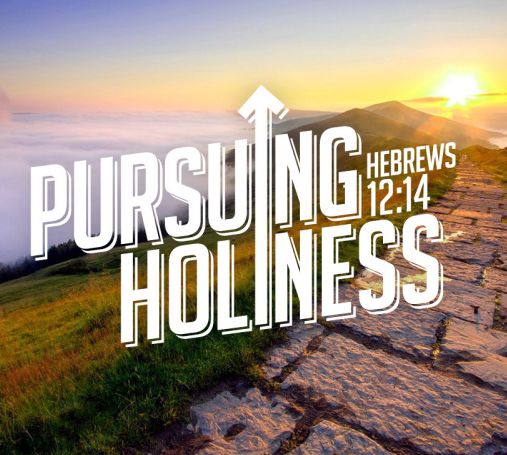 1·4 months ago
1·4 months agoMore youtube shorts about the rapture https://www.youtube.com/results?search_query=rapture+dream&sp=CAISBBABGAE%253D

 1·4 months ago
1·4 months ago(Jesus speaking)Luke 21:34-36 And take heed to yourselves, lest at any time your hearts be overcharged with surfeiting, and drunkenness, and cares of this life, and so that day come upon you unawares. For as a snare shall it come on all them that dwell on the face of the whole earth. Watch ye therefore, and pray always, that ye may be accounted worthy to escape all these things that shall come to pass, and to stand before the Son of man.

 1·4 months ago
1·4 months agoThe mentioned Graph:
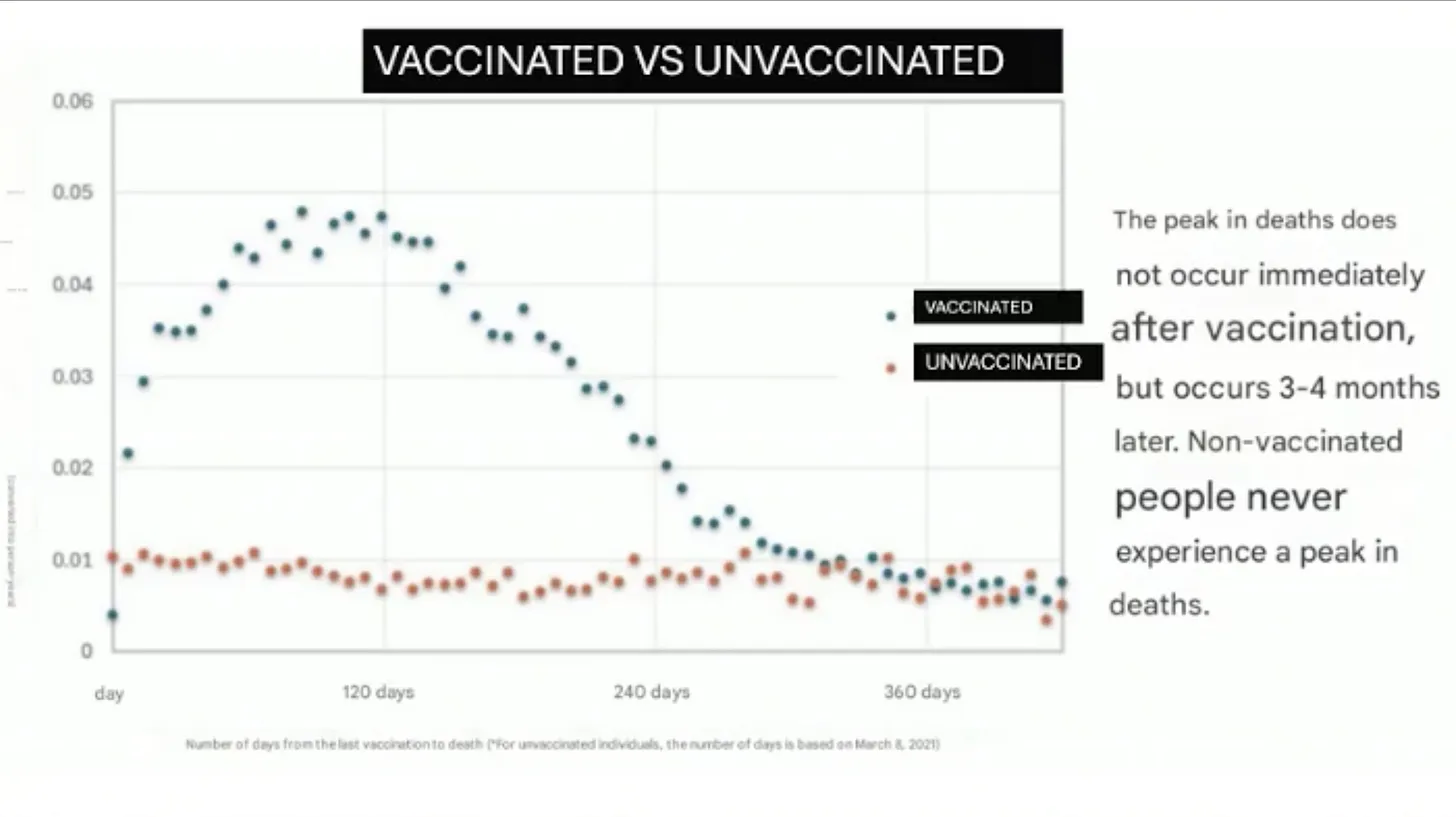
- The source material for the Graph is at: https://www.vigilantfox.com/p/japan-releases-bombshell-vax-vs-unvax
- The contained video featured Member of the House of Representatives Kazuhiro Haraguchi, Dr. Yasufumi Murakami, and the Information Disclosure Request Team.

 1·5 months ago
1·5 months agoChatGPT:
🔹 Symbolic or Mystical Interpretations? In Kabbalistic or homiletical (midrashic) literature, oil and anointing sometimes appear symbolically—representing purity, kingship, or sanctification. But these are usually associated with:
- Kings (e.g., David)
- Priests (kohanim)
- The Messiah (lit. “anointed one” = Mashiach)
Some Christian interpretations (especially Messianic or typological readings) associate Jesus with the Passover lamb and may refer to his “anointing” before his crucifixion. This is not part of Jewish tradition and should be seen as distinct from Jewish practice.
🔹 Summary
- Element | Jewish Practice | Anointing?
- Torah command | Slaughter, roast, eat with matzah and maror | ❌ No
- Rabbinic detail | Group consumption, Temple ritual, no broken bones | ❌ No
- Mystical/symbolic | Oil used for priests, kings—not lambs | ❌ Not applicable
- Christian reinterpretation | May symbolically connect to “anointed” Jesus | ✅ Christian only

 1·5 months ago
1·5 months agoThanks. i used ChatGPT to explain material which could be the source:
You may be referring to a study published in the Journal of Nutrition in May 2024, based on data from the Rush Memory and Aging Project. That research found that consuming more than one egg per week was associated with approximately a 47% reduction in the risk of developing Alzheimer’s dementia—essentially risk was 53 % (HR ≈ 0.53) compared to non‑egg eaters (American Egg Board).
Importantly, the question you asked mentions a “50 % increase of Alzheimer’s disease” linked to “egg reduction,” which is a reversed way of describing the findings. In simpler terms:
- Less egg consumption (< 1 egg/week) corresponded to about double the risk, or conversely, eating more eggs was associated with a ~50 % lower (not higher) Alzheimer’s risk.
Key Facts from the Study
- Participants: 1,024 older Americans (mean age ~81 years), followed for an average of 6.7 years; 280 (27.3 %) developed Alzheimer’s dementia (PubMed).
- Eating ≥1 egg/week or ≥2 eggs/week led to a 47% reduction in Alzheimer’s dementia risk (HR ~0.53 in both categories) (PubMed).
- Mediation analysis showed that dietary choline accounted for about 39% of the observed protective effect (PubMed).
Contextual Notes & Limitations
- This was an observational cohort study, so it suggests an association, not definitive causation.
- Cognitive decline and Alzheimer’s risk are multifactorial—diet, genetics, lifestyle, and other factors all play significant roles.
- External studies (like in Spain and China) showed mixed results: some found no clear protective effect in broader cohorts, others suggested daily egg consumption was associated with lower dementia risk—but the magnitude and consistency differed by population (American Egg Board, pmc.ncbi.nlm.nih.gov).
In summary: The publication linking egg consumption to Alzheimer’s risk is the 2024 Journal of Nutrition study based on the Rush Memory and Aging Project. It found that low or minimal egg intake corresponded to approximately double the risk of Alzheimer’s dementia, whereas modest egg consumption (~1+ per week) was associated with about a 47% lower risk.

 1·5 months ago
1·5 months agoIn Exodus 12:8-11, the Bible instructs that the Passover lamb must be roasted and eaten in its entirety, including the head, legs, and entrails, with no part left over until morning.
i’m assuming there’s a spiritual meaning behind this part of the Passover when mapping it to 'following Jesus’🤔

 1·6 months ago
1·6 months agoCodebreakers LIVE with Brandon Biggs
https://www.youtube.com/live/gVQkCh4VfEg
- source: Kim Clement https://www.youtube.com/@ProphetKimClement

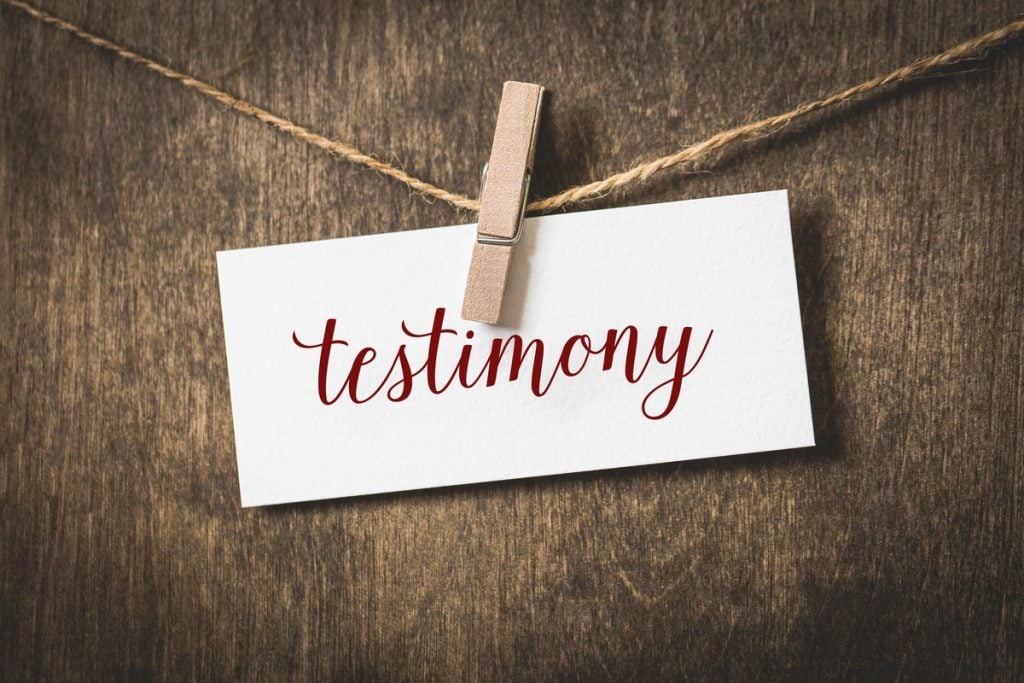 1·6 months ago
1·6 months agoJust block the channel, then you’re not bothered with these supernatural testimonies
Moderates




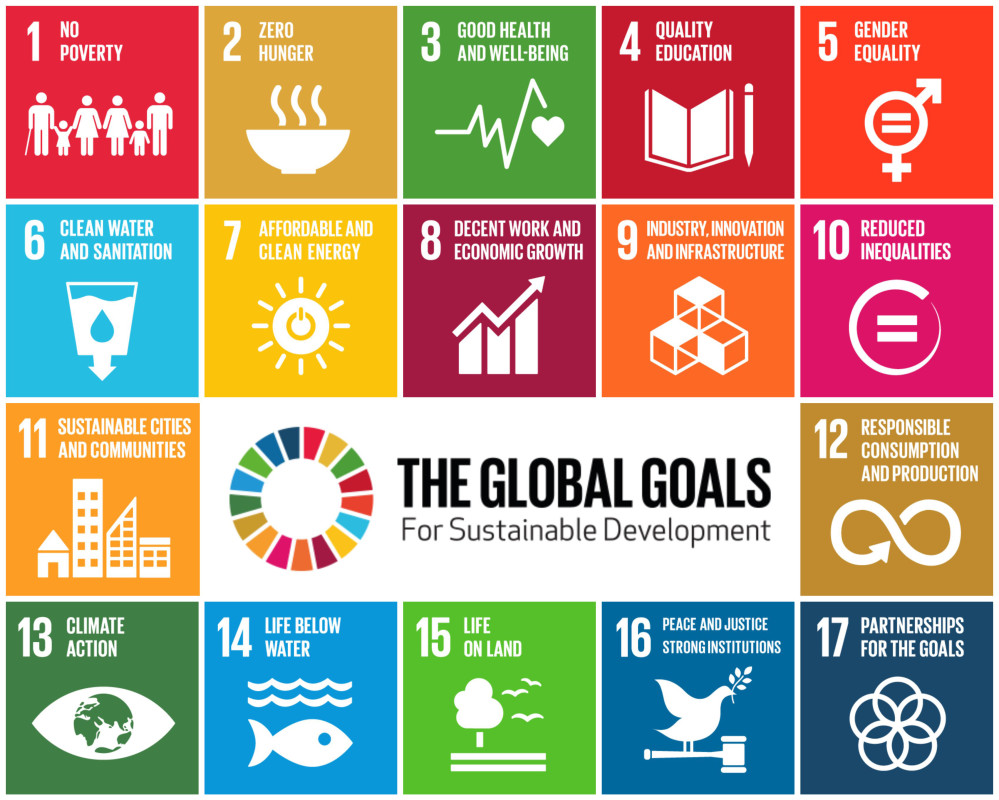
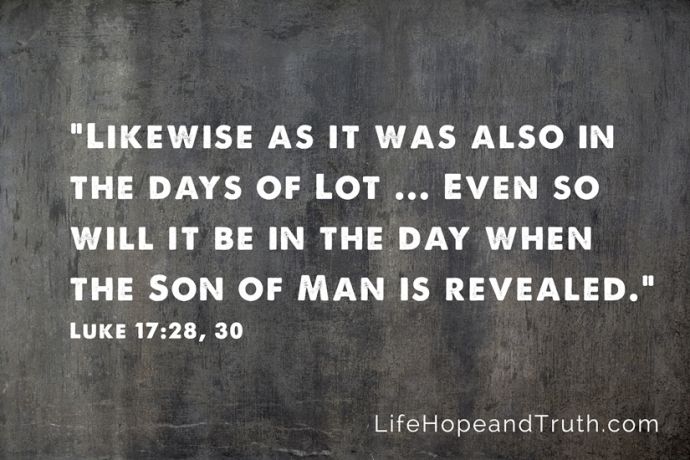

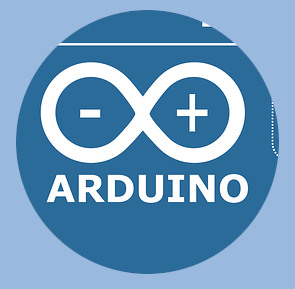

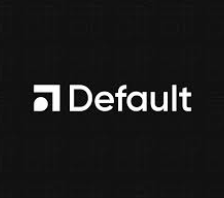
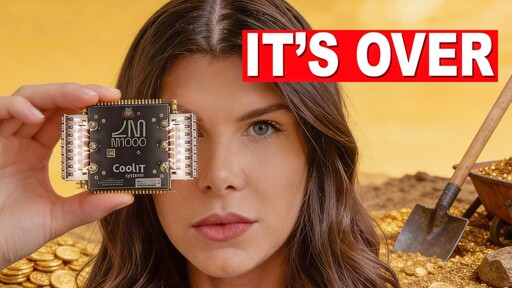


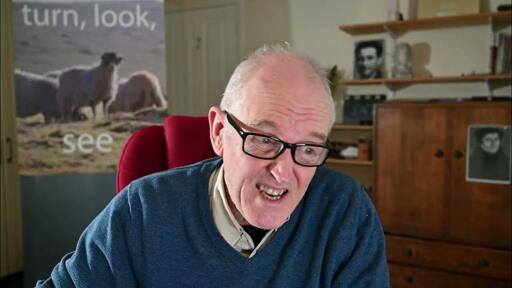
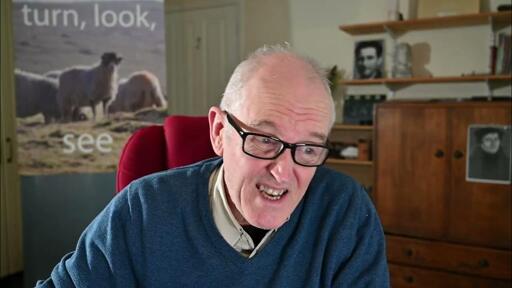



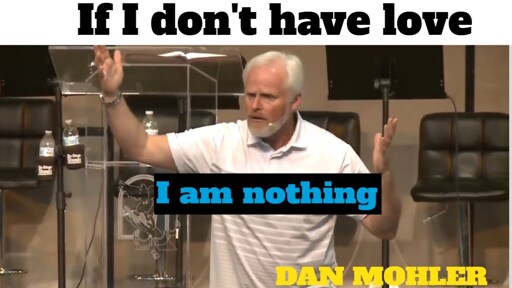

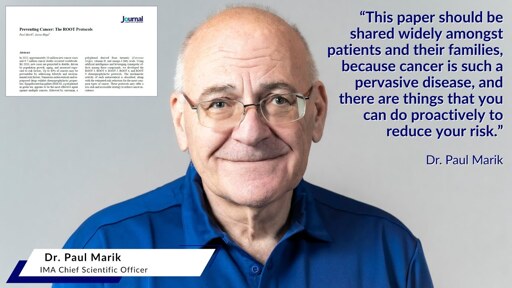




HoneyPi